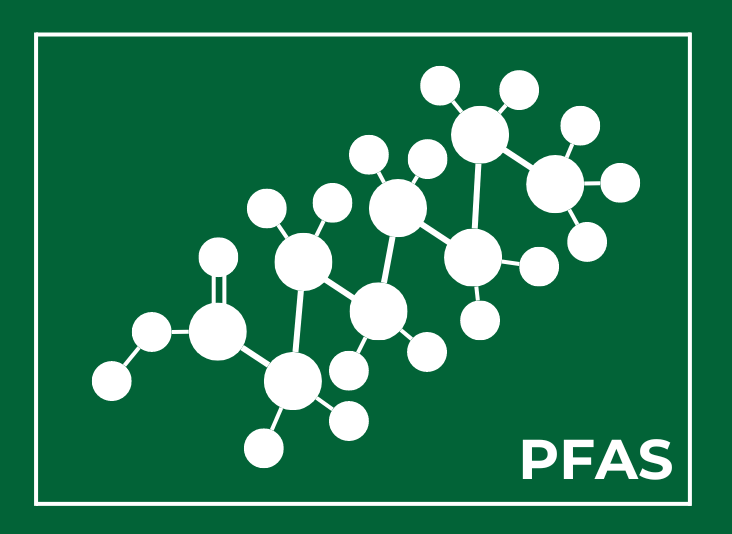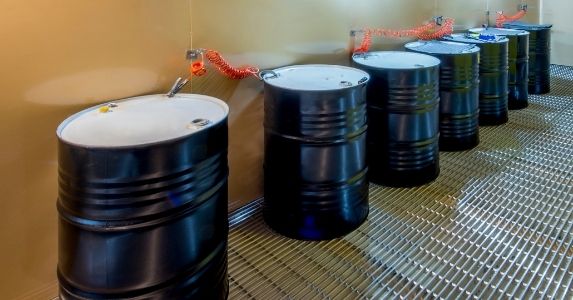Got Forever Chemical Materials? How to Respond Safely and Compliantly
We’re hearing more and more about “forever chemicals” these days—and most of the news is serious, with changes in regulatory enforcement, reporting, and penalties.
These chemicals—specifically, perfluorinated alkylated substances (PFAS), and to a lesser extent perfluorooctane sulfonic acid (PFOS)—are seemingly everywhere. As widespread pollutants, they obviously also can affect public health on a huge scale. So, increasingly, those manufacturers that processed or utilized these types of forever chemicals face more severe restrictions and official tracking and vigilance—and potential sanctions and fines.
In addition, because these substances are present in both soil and groundwater, they also impact engineering and construction companies. When on a potentially contaminated site, specialists must determine if forever chemical contamination is present—and how it can impact the project.
PFAS: Human Cost
Investigators have found low-level PFAS traces both in the environment and in the blood samples of the general population. A growing body of science indicates PFAS exposure leads to disease and other medical conditions, including:
- Liver damage
- Thyroid disease
- Decreased fertility
- High cholesterol
- Obesity
- Hormone suppression
- Cancer
Fortunately, there are ways for handling PFAS materials safely and efficiently.
Rising Tide of Forever Chemicals
Both PFAS and PFOS materials have been making headlines, particularly as the scope of their presence and their durability becomes more evident. In response to these revelations, the Environmental Protection Agency (EPA) and United States Congress are attempting to address the situation through new enforcement actions and legislation. For instance, the EPA classified PFAS as an emerging contaminant on the national landscape. And, as this blog noted, in 2021, the agency announced an action plan to deal with PFAS.
Local governments are also facing the crisis—and a number of states, including New Jersey, Ohio, Georgia, and others, have announced the presence of PFAS in drinking water. The chemicals are also in other sources that directly affect the public. Full remediation costs will likely run to the billions of dollars.
And it's highly possible the EPA and other enforcement bodies will become even stricter—and that penalties for noncompliance will be more severe. Clearly, it’s time for any organization that creates or handles forever chemicals to focus on safety and compliance—or face legal and other consequences.
Forever Chemicals: Long-Lasting Threat
Just what are these forever chemicals? Most are part of the PFAS family of compounds—but the category also includes the less toxic and less common PFOS materials. The PFAS group is a molecularly complex family of more than 3,000 manufactured fluorinated organic chemicals. Their appeal is broad, as this blog has noted: PFAS chemicals have a unique ability to repel oil and water, which makes them ideal for waterproofing and oil protection applications.
For decades, they have been manufactured and used throughout the United States in various capacities—and are still deployed today. PFAS are in a wide range of consumer products, including:
- Textiles, such as waterproof outdoor clothing and equipment, carpets, mattresses, and the like
- Paper and cardboard food packaging, such as takeaway containers, popcorn bags, pizza boxes, ready-made cakes, etc.
- Cosmetics, including hair conditioner, foundation cream, sunscreen, and so on
- In electronics—like our ubiquitous and essential smartphones
- Building materials
- Non-stick cookware
Despite their great utility, they come with a downside, unfortunately. Being forever chemicals, PFAS neither break down nor degrade over the long-term.
Environmental Projects and PFAS
As we noted, forever chemicals are present throughout our ecosystem—in our water and soil, and in our building sites. Because of this, environmental professionals are prone to encounter PFAS in contaminated groundwater and soil during site clean-up and remediation projects. When this occurs, certain strict procedures are necessary.
So, for starters, I recommend you keep the following guidelines for their disposal in mind:
- Prevailing forever chemicals regulation: PFAS (and PFOS) materials are, under current EPA regulations, not regulated as hazardous waste. The Resource Conservation and Recovery Act (RCRA), which defines and regulates hazardous waste material, has not been amended to add PFAS waste. So, such materials must be managed properly and disposed of with potential future regulations in mind.
- Landfill disposal restrictions: So, one might ask if, technically, PFAS waste is unregulated, why not just put it into the local landfill? Ah, not so fast. Given future cleanup requirements and liabilities, most non-hazardous landfills won’t accept contaminated material. The generator must locate an appropriate landfill.
- Adherence to EPA-approved methods: Destroying PFAS is difficult, and methods to remove the chemicals often produce waste—ones requiring further management and disposal. In 2020, the EPA issued guidelines (due for a 2023 update) identifying three preferred PFAS disposal methods based on the latest science:
- Landfills (that accept it)
- Incineration
- Deep well injection
Partnering for Forever Chemicals Disposal
We at Triumvirate Environmental can assist with all three methods of PFAS and PFOS substance disposal. Our operations involve sending the tainted materials to EPA-permitted hazardous waste facilities. And we ship these on non-hazardous waste manifests, according to correct waste classification (under current regulations).
Our Environmental Remediation Support Services team can help you dispose of forever chemical material in a proper and effective way. Learn more by visiting our Environmental Remediation Support Services page, or contact us today.
Want to explore our remediation services capabilities? We have a case study about a landfill; another discussing manufactured gas plant (MGP) remediation sites; and a third recounting our success at a Superfund site.






